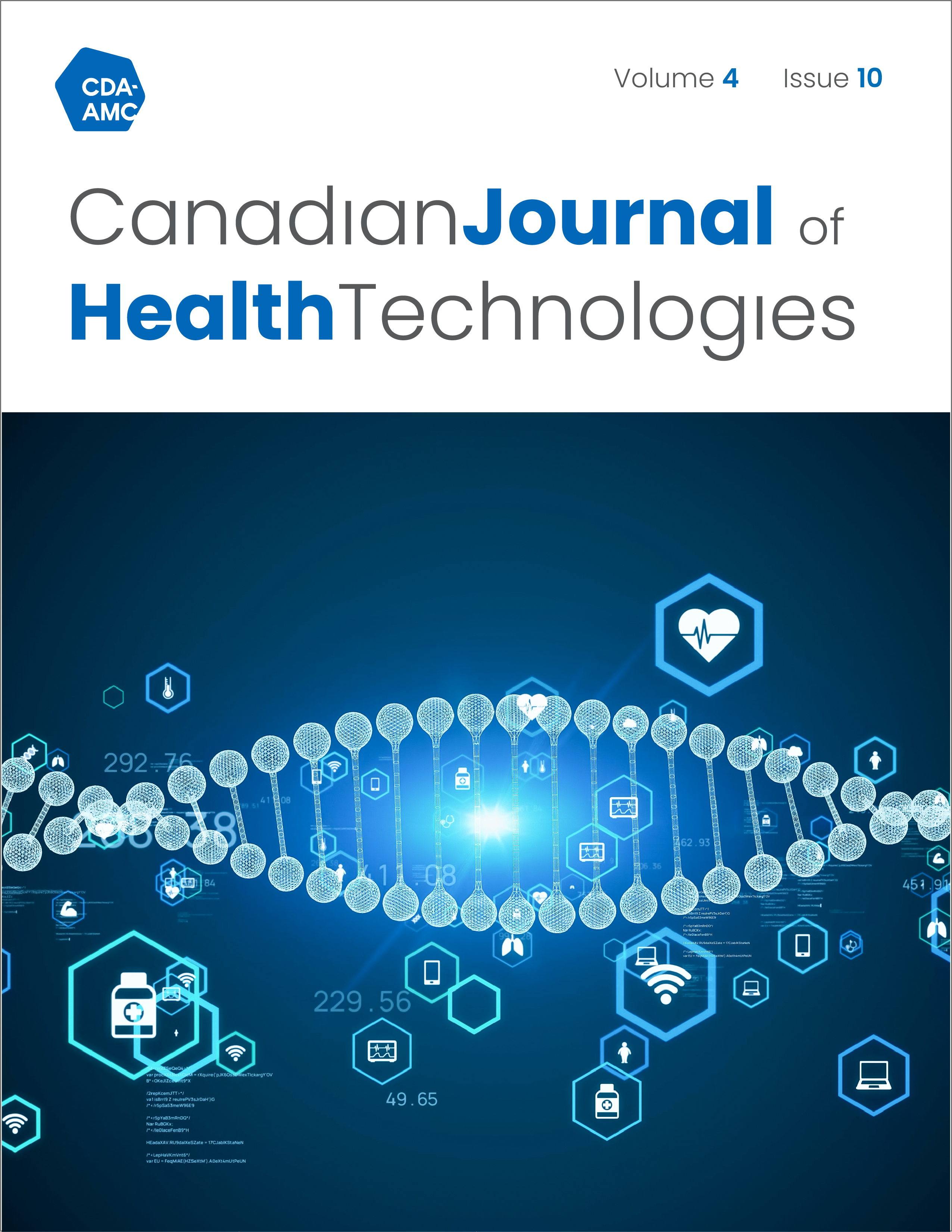Key Messages
What Is the Issue?
- Gabapentin is 1 of many antiseizure medications available for the treatment of epilepsy in adults; however, there are potential risks associated with its use. Therefore, it is important to determine the place of therapy of gabapentin in the treatment of epilepsy.
What Did We Do?
- To help determine the potential place in therapy for gabapentin in the treatment of epilepsy in adults, we sought to identify and summarize studies of the clinical- and cost-effectiveness of gabapentin as well as recommendations from evidence-based guidelines.
- We searched key resources, including journal citation databases, and conducted a focused internet search for relevant evidence published since 2014. One reviewer screened articles for inclusion based on predefined criteria, critically appraised the included publications, and narratively summarized the findings.
What Did We Find?
- We identified 1 systematic review and 1 randomized controlled trial (RCT) that evaluated the efficacy of gabapentin in adults with epilepsy. We identified 5 evidence-based guidelines that included recommendations on the use of gabapentin for epilepsy. We did not identify any studies that evaluated its cost-effectiveness.
- Seizure-free retention at 3 months may be better in adults with epilepsy who were treated with lamotrigine than gabapentin or carbamazepine. There were no differences in other seizure outcomes (such as time to seizure, seizure freedom, or seizure-free retention) for adults with epilepsy treated with gabapentin versus lamotrigine or carbamazepine.
- Adults with epilepsy treated with gabapentin were more likely to experience fair or poor health perception than those treated with oxcarbazepine. There were no differences in other quality of life outcomes (such as anxiety, depression, or worry about seizures) between those treated with gabapentin versus lamotrigine, carbamazepine, oxcarbazepine, or topiramate.
- Withdrawals because of adverse events were similar between adults with epilepsy treated with gabapentin and lamotrigine. There were more systemic toxicities in adults treated with gabapentin than carbamazepine or lamotrigine but there were no differences in neurotoxicities between groups.
- One guideline recommends against the use of gabapentin in people with myoclonic seizures or people with epilepsy with myoclonic-atonic seizures. One guideline states that there is insufficient evidence to consider gabapentin instead of carbamazepine in patients with new-onset focal epilepsy or unclassified generalized tonic-clonic seizures.
- Three guidelines recommend the use of gabapentin in older adults with epilepsy. One guideline recommends the use of gabapentin in people with intellectual disability and epilepsy, if the benefits outweigh the risks or as a second-line option.
What Does It Mean?
- There were few differences in outcomes between adults with epilepsy treated with gabapentin versus other active comparators in the studies we identified. The included guidelines recommended for or against the use of gabapentin depending on patient factors such as age and type of epilepsy or seizures.
- Decision-makers may wish to consider individual patient factors such as age and type of epilepsy or seizures as well as the availability of other treatment options when making decisions on the use of gabapentin for the treatment of epilepsy.

